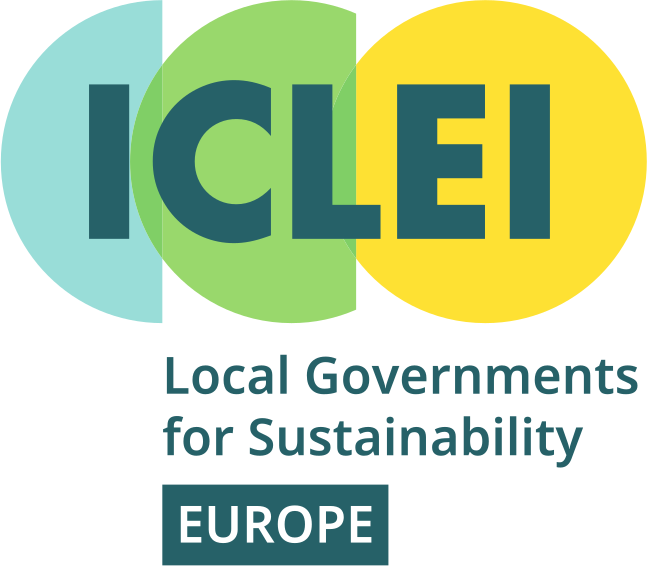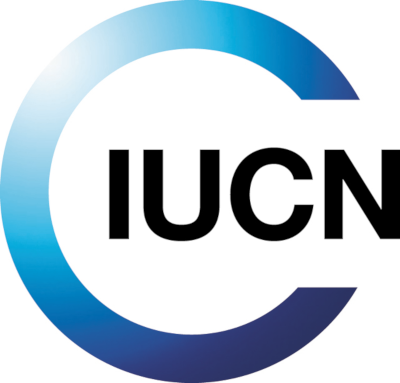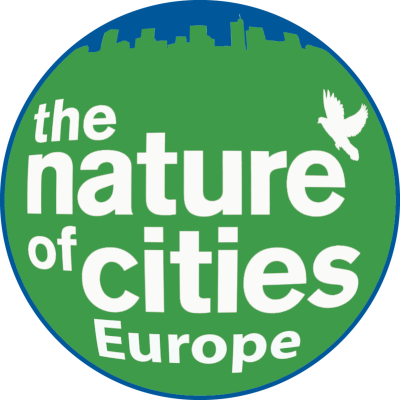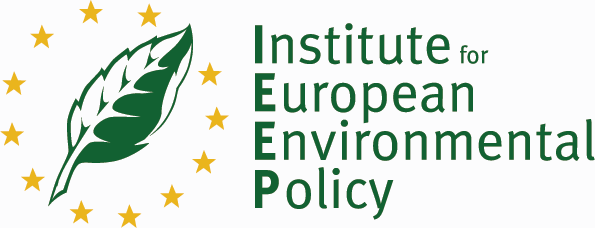
Area characterisation:
Biogeographic region: Atlantic
Surface area: 120 ha
Country: Belgium
Region/Province: Flanders/West Flanders
The peri-urban forest is a new afforestation in the coastal and harbour City of Ostend (Belgium). Planting started in 1996, and the aim is to develop 120 ha of multifunctional forest. Actually, the forest cover is around 90 ha. The forest is a buffer zone between the residential area, the industrial zoning, and the creek area which is of historical and ecological importance. The peri-urban forest is part of a Green Ribbon network (Groen Lint) that surrounds the city core.
The forest is located on land owned by the City of Ostend and is managed by a cooperative business “Buitengoed”. Main partners in the cooperative are an insurance company, the public managing company of the industrial zone, a trade union, and a nature conservation organisation.
Objective:
The peri-urban forest Ostend in Belgium aims to provide a publicly accessible space for recreation, offering educational facilities for local residents and tourists.
Through the afforestation of previous agricultural land and being part of a Green Ribbon (Groen Lint) network surrounding the city core, the peri-urban green space further aims to enhance biodiversity and ecological connectivity.
The afforestation in the coastal and harbour city was planned as a buffer zone between industrial sites and residential areas.
Financing:
Community Fundraising:
Citizens can support the establishment and management of the peri-urban forest through several actions
- Becoming member-shareholder of the cooperative Buitengoed
- Becoming annual member of the Buitengoed cooperative
- Acting as a volunteer
Project delivered services and monies raised by project:
The peri-urban forest is focussed on delivering the ecosystem services recreation, buffering, and biodiversity. Food production is also delivered, through the urban collective vegetable garden and the income from selling meat produced by the cattle that is grazing in the nature domains in the city.
City, regional general funds
The City of Ostend has bought the land, and has lend the land.
The Flemish Region is co-funding land acquisition, tree planting, and the nature management interventions.
The public company that is managing the industrial zone in the City has contributed to the starting capital for the Cooperative Buitengoed.
Private sector investment:
Two private investors have contributed to the starting capital for the Cooperative Buitengoed.
International Funds:
Interreg IVA 2 Seas, “21st Century Parks” –
http://archive.interreg4a-2mers.eu/approved_project_160967b70.pdf?id=16096
Interreg IVA 2 Seas “Urban Habitats” http://archive.interreg4a-2mers.eu/approved_project_160642668.pdf?id=16064
Actions:
PRINCIPLE UF-NbS (Urban Forests as Nature-Based Solutions) ACTION(S)
- Forest plantations
-
OTHER PRINCIPLE NbS ACTION(S) – non-UF
- Vegetable garden where members can collect vegetables and fruits
- Children’s farm.
Transferability of result:
This case is particularly interesting for the main actor, the Cooperative Buitengoed. This is a joint undertaking by the public management agency for the industrial site, an insurance company, a trade union, and a Nature Conservation NGO. The City is facilitating and supporting the cooperative. However, it turns out that the Cooperative business is not self-sustaining, and alternative management approaches are being developed. The case is also interesting from a tourism industry perspective. The case illustrates how a tourist city can expand its touristic offer with new urban green space.
Organisations:
1. Governing authorities: City of Ostend
2. Associations: Buitengoed (Cooperative Business), Natuurpunt (Nature Conservation NGO), Trade Union (ABVV)
3. Citizens: Citizen-members of the Cooperative Business, volunteers who engage in tree planting and other nature conservation activities
4. Municipalities: City of Ostend
5. Public/private institutions: Public institutions: Management Agency of the Oostende Industrial Area (Plassendale NV), Flemish Agency for Nature and Forest (ANB); Private: P&V Insurance Company
6. Park planner and authorities: The afforestation has been planned by the City and the Cooperative business.
7. Technicians for park maintenance/monitoring and to educate and support citizens: Forest management and education is done by staff and volunteers of the Cooperative Buitengoed, supported by the Flemish Agency for Nature and Forest (ANB).
Contacts:
Guido Vandenbroucke, Director Buitengoed
guidovedebe@skynet.be
Global goals:
-
11. Sustainable cities and communities
-
15. Life on land
NBS goals:
- Enhancing sustainable urbanization
- Urban regeneration through nature-based solutions
- Nature-based solutions for improving well-being in urban areas
NBS benefits:
- Restoring ecosystems and their functions
- Greater ecological connectivity across urban regenerated sites
- Improve connectivity and functionality of green and blue infrastructures
- Increase Biodiversity
- Increased cultural richness and biodiversity
- Enhancing sustainable urbanisation
- Increase accessibility to green open spaces
- Increase amount of green open spaces for residents
- Increase social interaction
Further information:
The compilation of this case study description has been funded by the Horizon 2020 CLEARING HOUSE project. This project has received funding from the European Union’s Horizon 2020 research and innovation programme under grant agreement No 821242.











